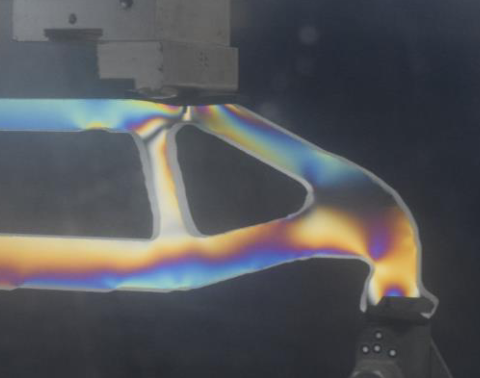More with Less
Topology Optimization Strategies for Structural Glass Design

Abstract
Advances in structural glass have enabled a new paradigm in expressive and transparent architecture. Cast glass can further extend the possibilities of structural glass by allowing for more complex and sophisticated shapes than the current planar geometries of structural float glass. However, the use of cast glass is currently limited because of the lengthy annealing process, making massive component sizes impractical to fabricate. Topology optimization (TO) has been proposed as a solution to this problem, as it is known to
generate structurally efficient designs with a low volume of material. If tailored appropriately, TO can reduce component sizes and thereby diminish the total annealing time needed while intelligently placing material in the areas where it will be utilized effectively. For TO of glass to be successful, algorithms must properly capture glass’s intricate material behavior. This research proposes a suite of TO algorithmic frameworks that design specifically for structural glass. These algorithms are demonstrated in a 2D design space, and the resulting geometries are fabricated using cut float glass and tested for experimental comparison on a 4-point bending load case. The results of these experiments inform which TO strategies have most promise for future research in TO of cast glass structures.
Published
Issue
Section
Cast Glass
License
Copyright (c) 2024 Jackson Jewett, Anna Maria Koniari, Charalampos Andriotis, Faidra Oikonomopoulou, Telesilla Bristogianni, Josephine V Carstensen

This work is licensed under a Creative Commons Attribution 4.0 International License.



